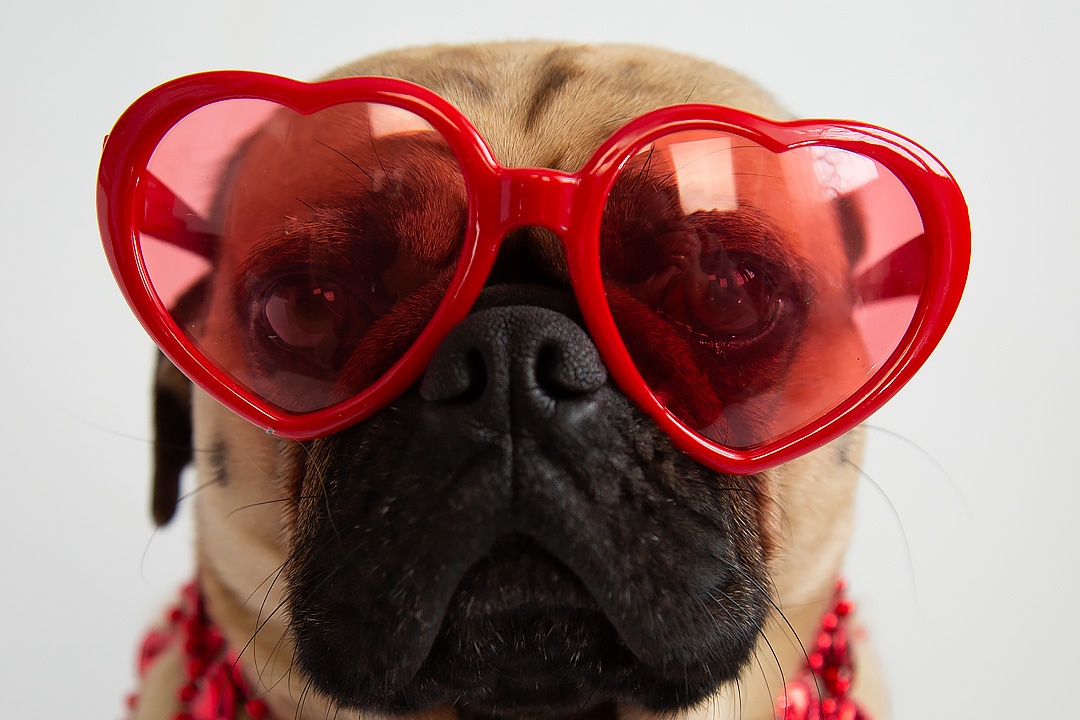Red Eyes in Dogs
The windows to the soul give us away rather quickly with those that know us well. On a less emotional note, eye health can indicate various health concerns in their early stages. Red eyes can indicate anything from fatigue to the presence of an irritant. Translate this over to the doggy world, and you’ve got some other possibilities to consider. Other red flags for your dog’s optical health include excessive tearing, squinting in one or both eyes, yellow or green discharge, or any signs that your pup’s vision has deteriorated. Any one of these issues warrants a visit to the vet. Only the vet can give you specific details to treat any present condition. However, as your trusted pooper scooper service team, we can provide you some helpful clues as to what’s going on beneath the surface! Although there may be less concerning possibilities like allergies or dust irritation, red eye conditions in your doggy can indicate more severe conditions. Common causes can include:Pink Eye
As in humans, red eyes in dogs are an inflammation of the tissue that coats the eye, and surprisingly it’s as common in dogs as it is in humanity! Any inflammation or redness present usually occurs as a result of environmental irritants like pollen or dust.
Corneal damage
The cornea is the shiny membrane that covers the front of the eyeball. A Corneal ulcer or damage usually appears as an erosion of that transparent membrane. That’s a fancy way of saying that anything that pokes your doggy in the eye and disrupts the thin lining on the front of the eye that irritation can appear as redness or other types of eye damage.
Dry Eye
Keratoconjunctivitis sicca. Before you’re finished trying to say those words in one breath, keep in mind that it’s just the medical terminology for dry eyes. Tears in the eye keep the cornea healthy and moist as a natural response to foreign objects entering the eye unexpectedly. If your pup has debris or any infectious agents in his eye, the tears help clear any potential irritation. Take away the moisture; your doggy’s eyes are more susceptible to inflammation. This inflammation then leads to redness and discomfort. Dry eyes can be immune-mediated or a symptom of multiple illnesses, including diabetes and hypothyroidism. A visit to the veterinarian should help you rule out serious health concerns. The vet will most likely conduct a tear test on your dog and a thorough eye examination to ensure everything is in good shape! Once diagnosed, if the dry eye is left undiagnosed, it can worsen over time and turn into increased discharge, ulcers, or further discomfort.
Glaucoma
While you’re bonding with your pup, if you notice redness accompanied by apparent swelling, then you may be noticing symptoms of Glaucoma. This condition is the result of fluid build-up, increasing the intraocular pressure or IOP. Some signs of this condition include eye pain, watery discharge, lethargy, loss of appetite, in addition to any bulging around the eyeball. There is acute Glaucoma and chronic Glaucoma – if you’re noticing these symptoms develop slowly, it’s chronic. Acute Glaucoma is when multiple symptoms become apparent quickly, and in this case, this condition is an emergency! Glaucoma left unchecked in your furry friend can lead to blindness. Allow your vet to diagnose appropriately and go from there.
After you’ve noticed redness, it’s highly recommended that you monitor the condition and maintain a record of any symptoms that accompany the redness. Pro tip: inform your dog sitter or your pooper scooper service team about the redness and recruit their help in monitoring the condition. Once the irritant has subsided, your doggy’s eyes will be in the clear and back to their glistening regular appearance. In more serious circumstances, make a phone call and let your vet diagnose and guide you and your pup through recovery! Eye medications are usually formulated as eye drops or a type of ointment to alleviate discomfort and irritation. Be sure to ask your vet to perform a quick tutorial so that you can go home confidently, knowing that you’ll be able to administer your doggy’s eye treatment properly. This step may take a few tries while your dog figures out what you’re trying to accomplish – exercise patience and reward your canine companion once the drops are dropped! Other treatments or prevention may include more dusting, less time exposed to pollen, or even allergy medication tailored to your pup’s needs. Either way, medical attention will give you everything you need, from prevention tips to treatment advice, and your dog’s eyes will light up once again!








